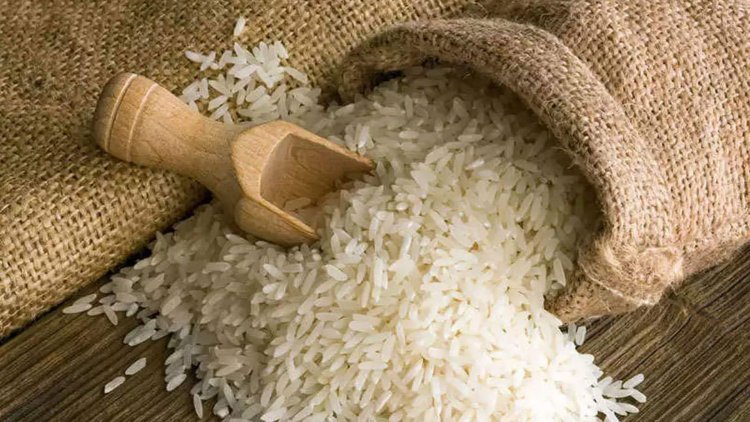From September 9, the government levies a 20% export charge on rice that is not basmati
A 20% export tariff has been levied on "husked (brown) rice" and "rice in husk (paddy or rough)," according a notification from the revenue department.

In response to a decrease in the area under the paddy crop in the current Kharif season, the government on Thursday increased export taxes on non-Basmati rice by 20%, with the exception of parboiled rice. This move was made to increase domestic supply.
A 20% export tariff has been levied on "husked (brown) rice" and "rice in husk (paddy or rough)," according a notification from the revenue department.
The Central Board of Indirect Taxes & Customs added that a 20% customs charge will also be applied to the export of "semi-milled or wholly-milled rice, whether or not polished or glazed (other than Parboiled rice and Basmati rice)".
The notification also stated that the export duty would go into effect on September 9 and that the area planted with paddy during the current Kharif season had decreased by 5.62 percent to 383.99 lakh hectares as a result of poor rains in some states. This information was provided by the Agriculture Ministry.
India, the second-largest producer of rice in the world after China, controls 40% of the international market.
In the fiscal year 2021–2022, the nation exported 21.2 million tonnes of rice, of which 3.94 million tonnes were Basmati rice. According to government statistics, it exported non-Basmati rice worth USD 6.11 billion at that time.
In 2021–2022 the nation exported non–Basmati rice to over 150 nations.
Former All India Rice Exporters Association president Vijay Setia welcomed the export tax, noting that Indian rice was being exported for a "very low price." Due to the export tariff's 2-3 million tonne reduction in non-Basmati rice shipments, the revenue from exports would stay unchanged due of the 20% levy.
In light of the decrease in paddy acres, Setia argued that the decision was sound.
The export of raw rice from the country's southern regions will be damaged, according to the association's current president Nathi Ram Gupta, but shipments of parboiled rice would increase.
The principal Kharif crop is paddy, which is sown starting in June with the arrival of the southwest monsoon and harvested beginning in October.
In contrast to 124.37 million tonnes in 2020–21, rice production increased to a record 130.29 million tonnes in the most recent crop year.
Wheat exports are already subject to regulatory restrictions.




 admin
admin 




















